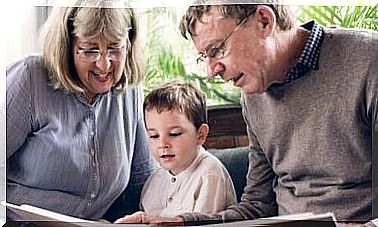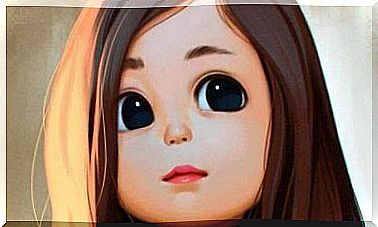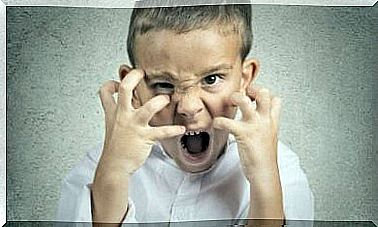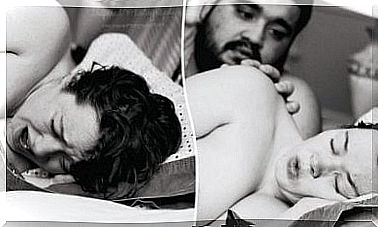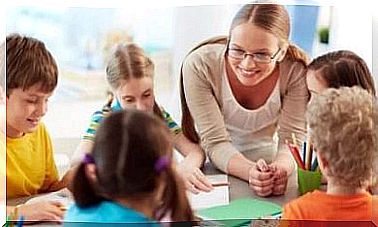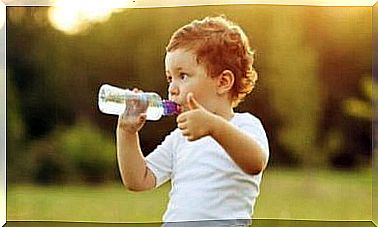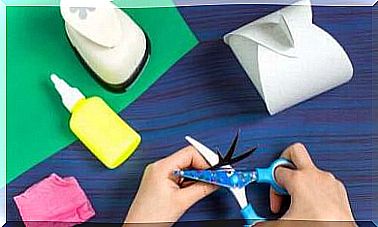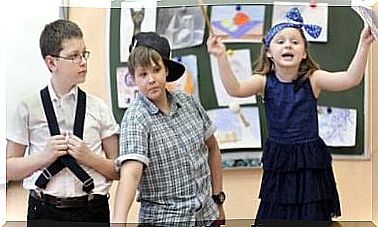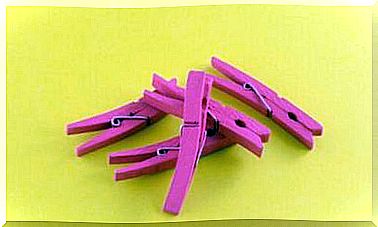Understanding Your Baby’s Body Language – Being Parents

Understanding babies and their needs can be difficult. It is a source of fear and frustration for many mothers. But by keeping an eye and an open mind, you come to understand that babies have many ways of expressing themselves. They thus use a particular body language in order to talk about what is happening to them and to say what they need.
Since they cannot speak, babies communicate through gestures. Recognizing these small gestures will let you know what is happening to your baby or what he wants to tell you.
Crying is babies’ most well-known means of communication, but it’s not the only one. Babies express themselves with many gestures, smiles, and sounds that they make to get your attention. This is called body language.
In general, babies express themselves particularly intensely when addressing their parents. It is with you that he cries the most, but also to you that he dedicates his most beautiful smiles. We notice it in particular during separations or reunions!
Babies’ body language starts with gestures
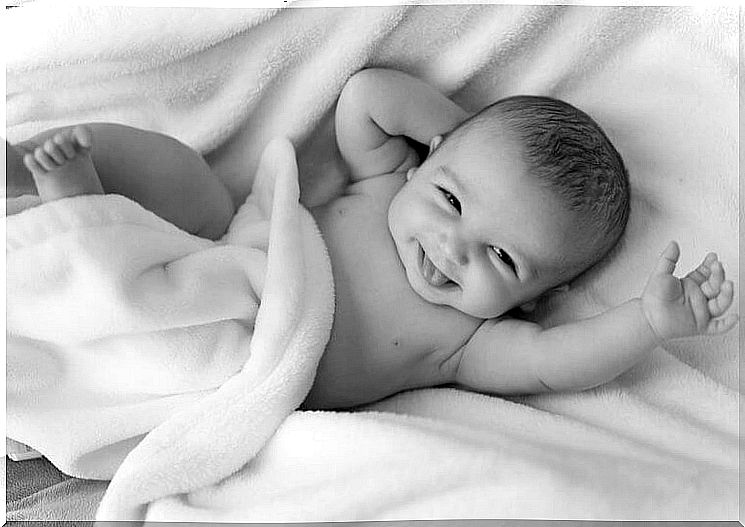
All babies make gestures and make sounds so that they are understood. For example, when they play, if they look away and head or lean back, that’s their way of saying they need a rest.
Crying doesn’t always mean a baby is hungry. He may also be cold, wet, or tired. Every baby, on the other hand, has their own way of crying to signal what is bothering them. Little by little, you will recognize these different signals.
There are many ways that a baby can show what he wants. If you baby smiles when you are together, he is telling you that he feels good, that he is comfortable and that he wants it to continue. Identifying these signals will be very helpful when you want to set up routines and rituals, such as going to bed. You will know what he needs to get to sleep.
Around 8 months, you will notice that it hangs around your neck and starts crying at the pediatrician or in front of your friends. This means that he distinguishes people he knows from strangers. Very logically, strangers scare him.
Over time, he will realize that strangers greet him in a friendly manner and he will get used to the idea of seeing them. He will even end up accepting them.
Please note: the same signals from different babies do not necessarily have the same meaning. Learning to interpret your own baby’s body language takes time, dedication, and attention.
You will also need a healthy dose of affection. The key to deciphering your baby’s personal language is to be attentive and to be patient.
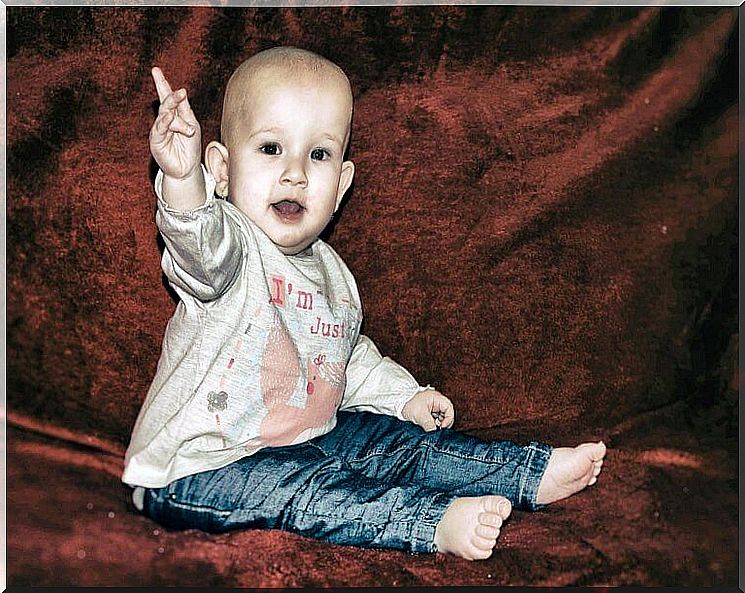
Teaching your baby sign language
To do this, remember to go at your baby’s pace and keep him having fun. The perfect time to start is when your little one wants to express himself: you will notice that he becomes more social, that he starts stammering and making noises to get your attention.
Each time you say a word, also make a gesture or sign to designate what you are naming. Always use the same sign for the same word and repeat it several times. Emphasize the keyword at the same time as you do the gesture. Your baby should see that there is a very clear connection between the two.
After a few days, your baby may be making the sign on her own. But it will probably take a few weeks. You have to be patient. Make it fun because your baby will have a better chance to learn if they like it.
Some signs you can try
Different specialists recommend a few groups of signs. The “Sign with your baby” program is based on American Sign Language. The “Baby Signs” program uses a set of simple signs designed especially for babies.
Both systems work, but a system you invented will work too. It works with any gesture, as long as it represents the word well. Here are some examples:
- “Eat” : place your fingertips on your lips.
- “It’s over” : raise your hands, palms facing the sky.
- “Fear” : Slap yourself on the chest.
- “Hot” : extend your arm as if to touch something and quickly withdraw your hand.
- “Where is it ?” : shrug your shoulders, with your hands up to the sky.
- “Rabbit” : wrinkle your nose and raise two fingers.
- “Car” : turn an imaginary steering wheel.
- “Book” : join hands, then open them towards the sky.
